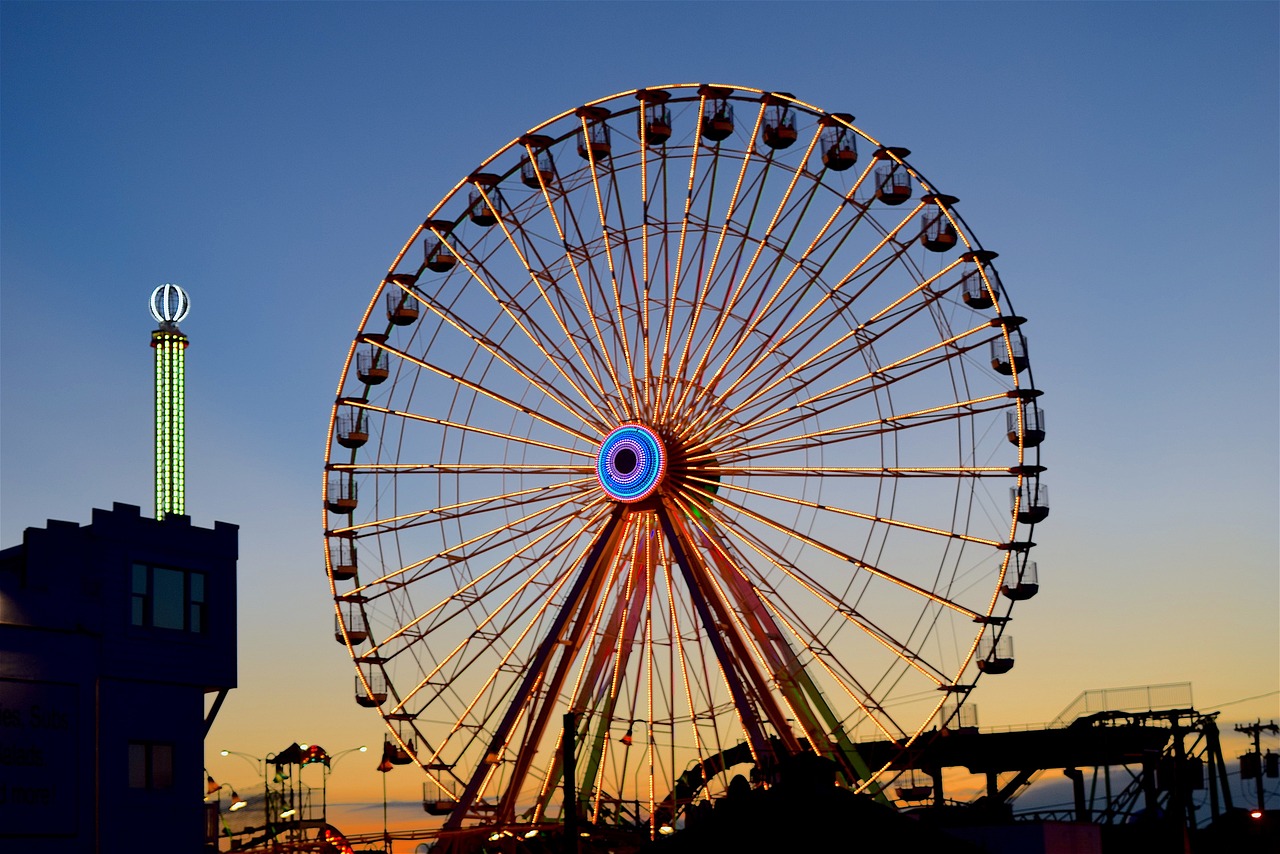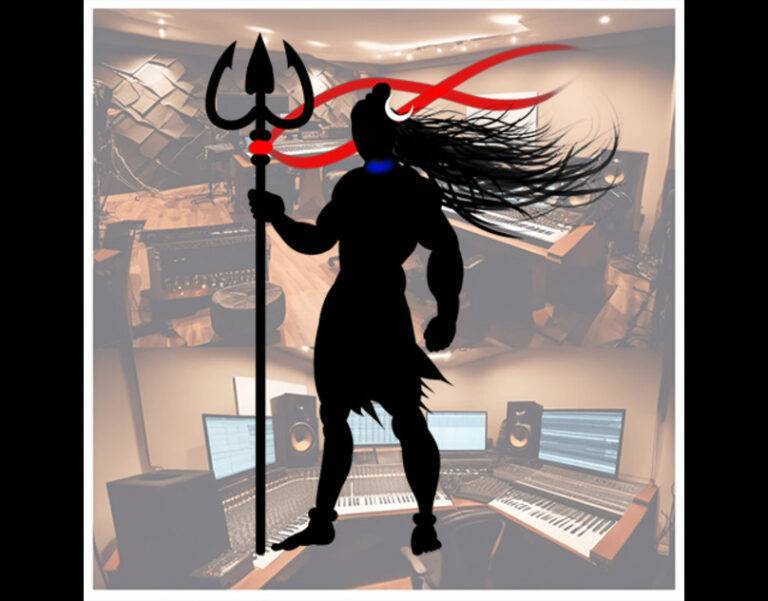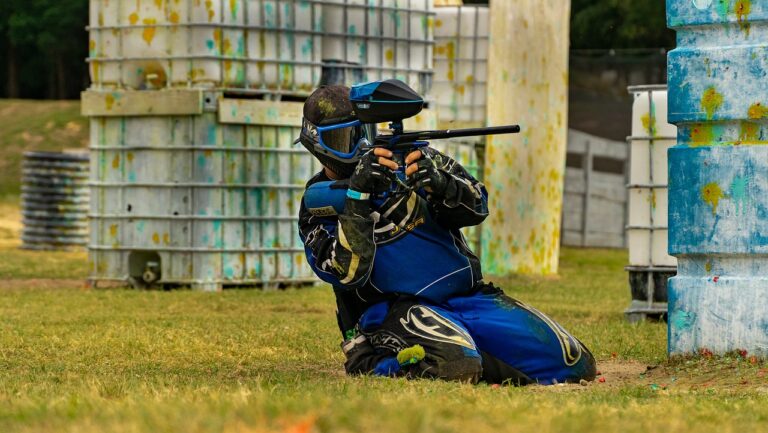The Role of CGI in Resurrecting Deceased Actors On-Screen
The evolution of CGI technology in the film industry has revolutionized the way movies are made. Over the years, CGI has progressed from basic computer-generated effects to incredibly lifelike creations that seamlessly blend with live-action footage. This advancement has allowed filmmakers to envision and bring to life stunning visual spectacles that were once thought impossible.
From the groundbreaking use of CGI in Jurassic Park in 1993 to the hyper-realistic worlds crafted in recent blockbusters like Avengers: Endgame, the film industry has consistently pushed the boundaries of what is possible with digital effects. As technology continues to advance at a rapid pace, the future of CGI in film looks to be filled with even more awe-inspiring creations that will transport audiences to new and unimaginable worlds.
How CGI is Used to Bring Deceased Actors Back to Life On-Screen
With the advancement of CGI technology, filmmakers have been able to digitally resurrect deceased actors to bring them back to life on-screen. This process involves using computer-generated imagery to recreate the appearance and movements of the actor, blending them seamlessly into the film.
One of the key ways CGI is used to bring deceased actors back to life is through facial scanning and motion capture techniques. By scanning the actor’s face and body in detail, animators can recreate their likeness with astonishing accuracy, capturing even the tiniest nuances of their expressions and movements. This enables filmmakers to seamlessly incorporate the actor’s performance into the film, giving audiences the illusion that the actor is still alive and part of the production.
• Facial scanning and motion capture techniques are used to recreate the likeness of deceased actors
• Animators capture even the smallest nuances of expressions and movements
• This technology gives audiences the illusion that the actor is still alive on-screen
Challenges Faced in Digitally Resurrecting Deceased Actors
The process of digitally resurrecting deceased actors presents a myriad of challenges for filmmakers and visual effects artists. One significant obstacle is the ethical debate that surrounds the use of CGI technology to bring back actors who have passed away. Critics argue that resurrecting deceased actors without their consent raises questions of privacy and respect for their legacy.
Another challenge lies in the complexities of accurately recreating the likeness and performance of a deceased actor. Capturing the nuances of an actor’s expressions, voice, and mannerisms requires a delicate balance between technical skill and artistic integrity. Even with advanced CGI technology, achieving a seamless and lifelike portrayal remains a considerable challenge in the world of filmmaking.
How has CGI technology evolved in the film industry?
CGI technology has advanced significantly over the years, allowing filmmakers to create realistic and lifelike visual effects in their movies.
How is CGI used to bring deceased actors back to life on-screen?
CGI is used to digitally recreate the likeness of deceased actors by combining archival footage, photos, and computer-generated imagery to seamlessly integrate them into new scenes.
What are some of the challenges faced in digitally resurrecting deceased actors?
Some of the challenges include obtaining the rights to use the likeness of the deceased actor, ensuring the authenticity and accuracy of the CGI recreation, and navigating ethical considerations surrounding the use of a deceased individual’s image.







